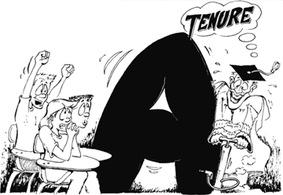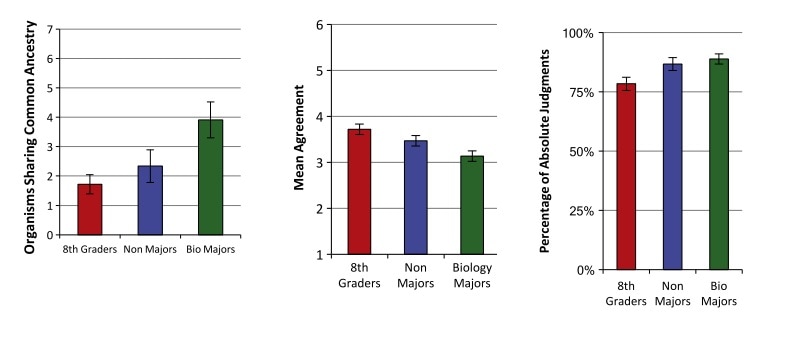I didn’t think all that much about this study because there have been lots of comparable studies. But my tweet garnered more comments and retweets than mine typically do, so I figured this finding must be news to some of my Twitter followers.
That’s when I decided to write a blog post flagging some of the relevant studies.
The following studies compared reading comprehension from a screen and paper, and concluded paper is better:
- Chen et al, 2014;
- Jeong, 2012;
- Lauterman & Ackerman (2014);
- Kim & Kim, 2013;
- Mangen et al, 2013;
- Rasmusson et al , 2015;
The following studies reported no difference in comprehension, but a difference in reading time. The common-sense interpretation is that if comprehension is more difficult on screen, the reader has the option to trade time for accuracy, and that’s’ what these readers;
That makes it more difficult to interpret the following three studies. The experimenters report no difference in reading comprehension, but they did not measure reading time:
One exception is Porion et al 2016 who report no difference in comprehension, but did restrict reading time.
So ten studies report that paper is superior and four call it a draw, but three of these did not measure reading time. Other researchers reviewing the literature draw same conclusion that I do: comprehension is better when reading from paper: Tees, 2010; Sidi 2016; Zucker et al, 2009; Walsh, 2016 concludes that reading from paper is better only for complex documents.
I doubt I’ve captured all of the extant literature. These studies tend to be published in far-flung places, and quite honestly, not always in top-drawer journals. I think that’s because it seems like the same question is being posed over and over…but actually there are a lot of potentially important modifying variables: four obvious ones would be subject matter knowledge, reader age, the purpose of reading (textbook vs leisure, for example) and experience with e-readers. So when you read any one of these articles, you can’t help but think “hmm. How generalizable is this?”
The other caveat to this conclusion is that it’s almost certainly a moving target. The fifth important variable is the interface used by the e-book. It’s my hunch that that’s the vital factor in this (small) screen decrement. Software engineers are working on it, as hardware engineers have made great improvements in the brightness and contrast of screens. I think it’s just a matter of time before ereaders are as easy to read as paper.


 RSS Feed
RSS Feed